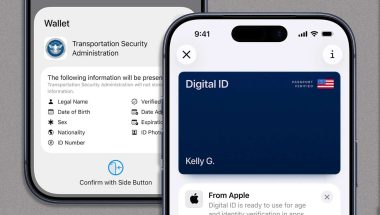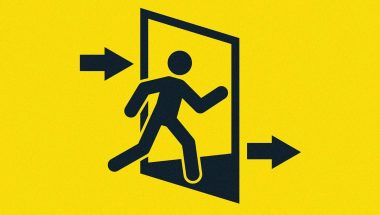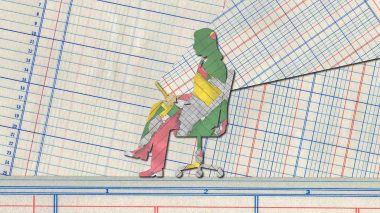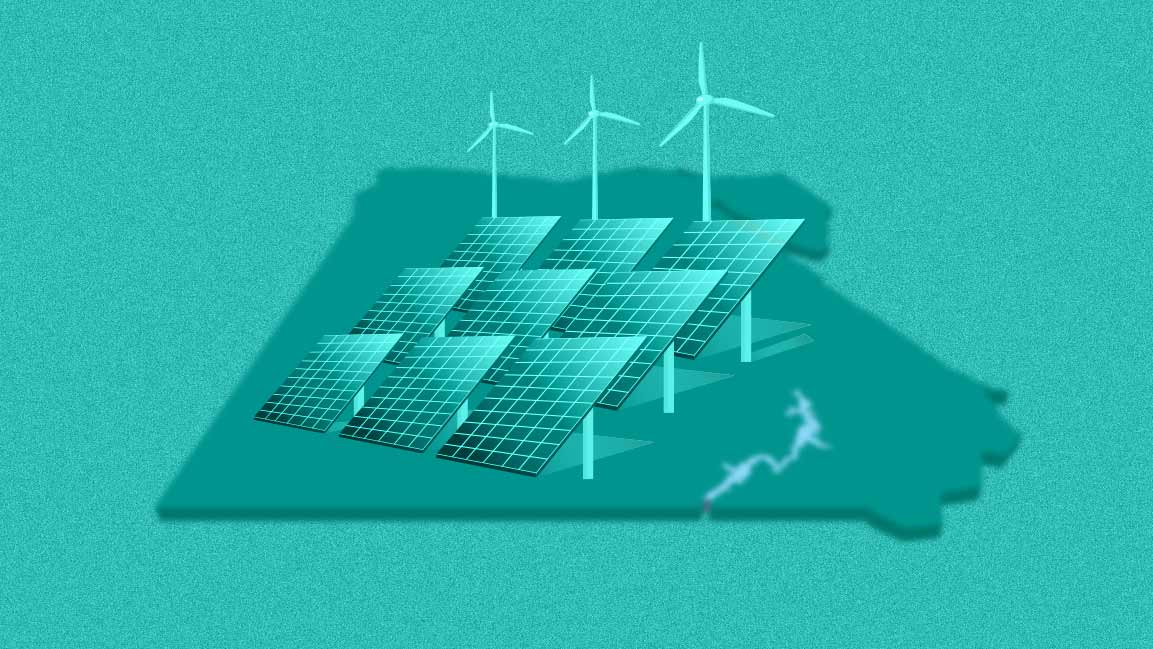- | 9:00 am
Is the Middle East’s proptech built on solid digital ground?
Government support, sovereign fund backing, and the absence of legacy red tape are allowing nations to leapfrog directly into next-generation systems.

As the Middle East accelerates into its digital future, industries once bogged down in paperwork and bureaucracy are being re-engineered through innovation. Real estate, a sector defined by capital-heavy, slow-moving transactions, is undergoing one of its most dramatic transformations yet. PropTech (property technology) has emerged as the backbone of this shift, enabling fractional ownership, tokenization, AI-powered decisions, and digital asset platforms.
In 2025, a retail investor in Dubai or Riyadh can buy a share of a luxury property or commercial real estate asset online in minutes. But as this seamless user experience gains traction, a fundamental question remains: Is the technology behind it mature and reliable enough to support a trillion-dollar real estate economy? And as these new models proliferate, can they be trusted at scale?
THE ILLUSION OF SIMPLICITY IN FRACTIONAL OWNERSHIP
The appeal of fractional ownership lies in its apparent simplicity. Real estate has long been viewed as capital-heavy and inaccessible to smaller investors. Now, platforms like SmartCrowd and Tokinvest are offering new pathways into the market with low minimums and digital access. But behind the ease of a single click lies an intricate web of legal, regulatory, and operational complexity.
“Fractional ownership is often presented as simple,” says Scott Thiel, Co-Founder and CEO of Tokinvest, “but behind that simplicity sits a huge amount of legal, regulatory, and operational work. At Tokinvest, we’ve built the infrastructure to handle that complexity for investors, including everything from legal structuring and VARA-regulated issuance to land title registration with the Dubai Land Department. What the user experiences is a single click to own a fraction of a high-value real-world asset; what’s hidden beneath that is a full compliance, custody, and settlement stack that makes digital ownership as straightforward as a bank transfer.”
This backend infrastructure, often invisible to the average user, is precisely what’s allowing the region’s digital real estate ecosystem to function—and scale.
A FERTILE LANDSCAPE FOR PROPTECH INNOVATION
The Middle East, and particularly the Gulf, is uniquely positioned to lead this shift. Government support, sovereign fund backing, and the absence of legacy red tape are allowing nations to leapfrog directly into next-generation systems.
“The Gulf is one of the few regions where government-level commitment to innovation and capital availability align,” Thiel says. “Across the UAE and Saudi Arabia, hundreds of billions are being directed toward technology and PropTech through sovereign funds and smart-city programs. The region doesn’t carry the same legacy infrastructure or red tape as many other markets—it can leapfrog directly into a regulated digital-asset framework. Rather than being held back by traditionalism, we’re seeing a surge in appetite for fractional participation in the world’s most desirable assets.”
This appetite is not occurring in a vacuum. These shifts are fully aligned with national transformation agendas like the UAE’s Digital Economy Strategy and Saudi Vision 2030.
“Tokenization aligns directly with broader national digital transformation goals,” says Jeroen Gillekens, Principal at Kearney Middle East and Africa. “It supports increased asset liquidity, broader investment participation, and enables cross-border flows. Whether for real estate, commodities, or infrastructure, tokenization is a key enabler of the region’s ambition to become a global digital hub.”
PROGRESS WITH POTHOLES
While momentum is high, the regulatory landscape remains fragmented. The UAE, particularly Dubai, is leading with frameworks developed by the Virtual Assets Regulatory Authority (VARA). The authority’s Asset-Referenced Virtual Assets (ARVA) framework is providing a solid legal foundation for tokenized real estate to exist and grow.
“Regulatory readiness is at different stages across the ME region, with the UAE being the frontrunner for now,” says Gillekens. “VARA has issued dedicated frameworks that provide legal recognition and requirements for tokenized asset issuance and trading. It also supported initial tokenization pilots, such as Real Estate tokenization together with PrypCo and the Dubai Land Department.”
Other jurisdictions, such as the Dubai International Financial Centre (DIFC), are following suit. The DFSA recently supported the issuance of a tokenized money market fund by Qatar National Bank. Yet, Gillekens warns that regulatory fragmentation could become a serious bottleneck unless coordination improves. For widespread adoption, cross-border harmonization of rules and recognition of tokenized assets by different regulatory bodies will be essential.
BEHIND THE INTERFACE
Although the regulatory groundwork is still evolving, the technical stack underpinning tokenized assets is already fairly mature. Blockchain platforms now provide immutable records, smart contracts automate returns and compliance, and integrations with government registries enable secure title transfers. Yet, full-scale interoperability between legacy systems and blockchain infrastructure remains a critical piece of the puzzle.
“The technology is there,” says Gillekens, “but the key next step is the integration of middleware stacks for interoperability. Traditional institutions like banks and exchanges can’t fully participate until there’s seamless, compliant integration between old and new systems.”
Tokinvest is addressing this head-on by automating its entire chain. “We’re integrated directly with the Dubai Land Department’s title system, so ownership rights are registered and transferred automatically when tokens change hands,” explains Thiel. “Transactions are recorded on blockchain rails to provide instant verification, immutable record-keeping, and transparent audit trails. That removes the friction of middlemen while maintaining full regulatory oversight.”
Reliability, security, and uptime are at the core of Tokinvest’s approach. “While low-latency matters in high-frequency trading, real-world asset markets prioritize reliability and security,” Thiel says. “We run on cloud infrastructure with regional data-centre failover, enterprise-grade encryption, and continuous backup. We leverage leading Layer-1 and Layer-2 blockchain protocols to ensure transaction finality and transparent audit trails. For investors across the GCC, that means uptime, resilience, and confidence.”
THE EXPANDING HORIZON OF TOKENIZED ASSETS
While real estate is leading the charge, the fundamental mechanics of tokenization can be applied to a wide range of asset classes. Tokinvest has built its platform to be “asset-agnostic,” as Thiel puts it. “Whether it’s residential, commercial, hospitality, farmland, or even sport and entertainment assets like racehorses—the core mechanics remain the same: regulated token issuance, compliant distribution, and transparent secondary trading.”
Gillekens sees financial instruments as the next major frontier. “Financial assets like sukuks, private credit, and bonds are prime candidates. Tokenization can help broaden access and improve secondary liquidity,” he says.
He also highlights commodities, especially gold and oil, as natural use cases given the Middle East’s economic footprint. “Trading hubs like Dubai could become global leaders in the on-chain issuance and distribution of commodities,” Gillekens says. Infrastructure investments, such as solar farms and transport projects, could also benefit from tokenized funding mechanisms that open the door to a wider investor base.
WHAT WILL ACCELERATE OR STALL MOMENTUM?
Without doubt, regulatory clarity will make or break the success of tokenization in the region over the next few years. It’s not just about overarching frameworks for virtual assets, it’s about whether sector-specific regulators, from land departments to central banks, support and adopt these new models.
“Regulatory clarity is the number one criterion for any industry participant to engage in tokenization,” says Gillekens. “This not only requires specific virtual assets frameworks to be in place, but also industry-specific regulators to accept and support them.”
In addition to policy hurdles, technical interoperability remains a challenge. “Tech silos and limited interoperability exist both between blockchains and between blockchains and legacy systems,” Gillekens notes, adding that middleware solutions are gaining traction as vital connectors in the ecosystem.
Secondary markets for tokenized assets are still developing, particularly for real estate. Without vibrant trading environments, liquidity remains limited—though this is expected to improve as investor confidence grows and infrastructure catches up.
LAYING A DIGITAL FOUNDATION FOR THE FUTURE
PropTech in the Middle East is evolving from a buzzword to a fully fledged financial infrastructure. The confluence of sovereign capital, regulatory innovation, and deep technical investment is turning the region into a laboratory for the future of ownership itself.
For Thiel, the key is asking the right questions, not just deploying technology for its own sake. “The question isn’t can it be tokenized, but should it? Does fractionalization solve a genuine ownership or liquidity problem, and will investors want it? When the answer’s yes, the Tokinvest platform can scale seamlessly.”
As Gillekens points out, the tokenization of assets isn’t just about access, it’s about rethinking the very architecture of investment in a digital-first world.








































